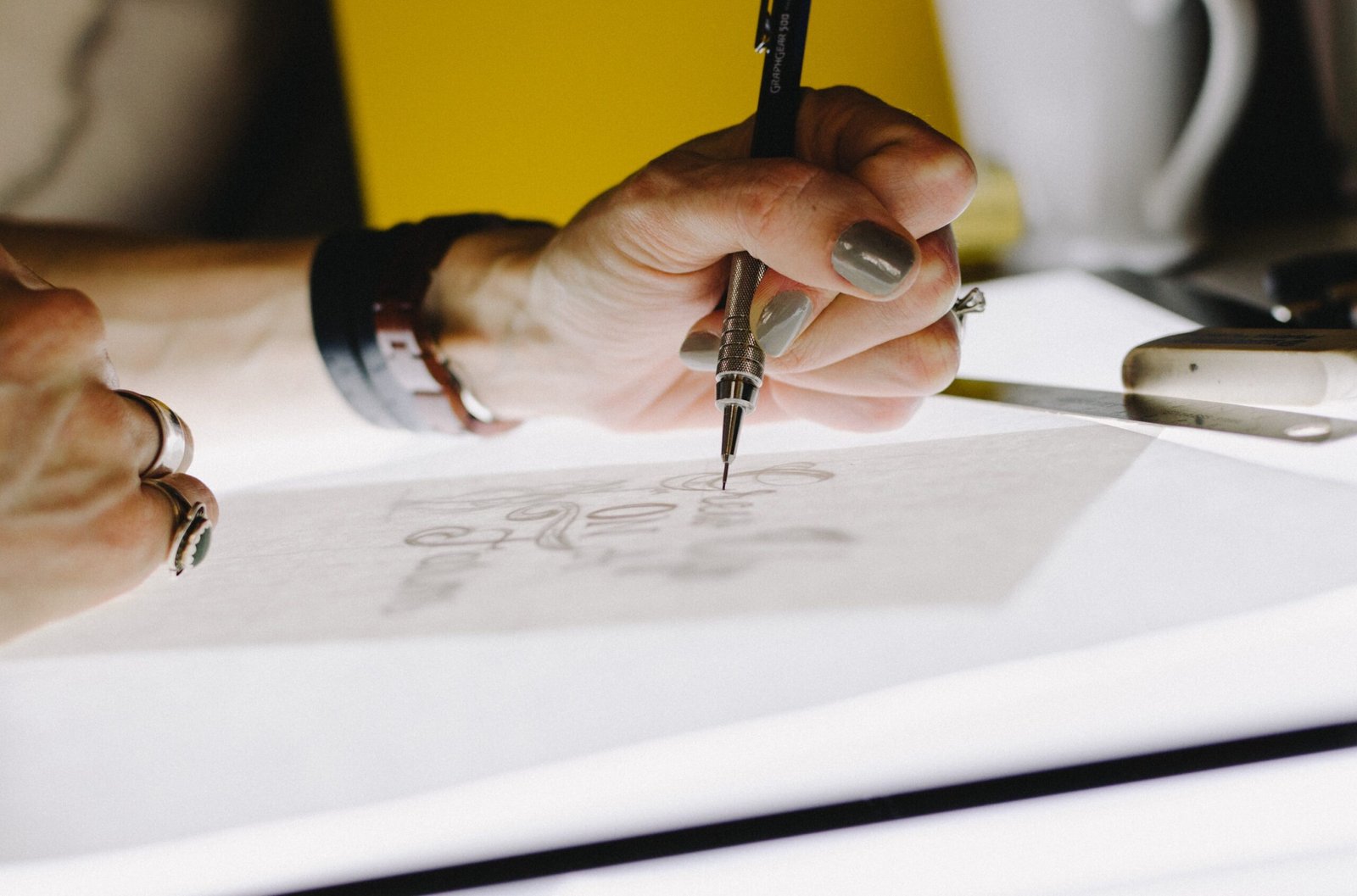
The world we live in is surrounded by design. From the products we use to the websites we visit, design plays a crucial role in shaping our experiences. In contemporary contexts, effective design has become more important than ever, as it can make or break a brand, enhance user experiences, and convey complex information in a visually appealing manner.
Visual Design Principles
Visual design is the art of arranging elements in a way that is not only aesthetically pleasing but also functional. It involves the use of color, typography, layout, and imagery to create a cohesive and impactful visual experience. Some key principles of visual design include:
- Balance: Creating a sense of equilibrium by distributing visual elements evenly.
- Contrast: Using contrasting elements to create visual interest and hierarchy.
- Emphasis: Highlighting important elements to guide the viewer’s attention.
- Unity: Ensuring all design elements work together harmoniously.
By understanding and applying these principles, designers can create visually compelling designs that effectively communicate the intended message.
User Experience Considerations
Design is not just about aesthetics; it also plays a crucial role in shaping user experiences. User experience (UX) design focuses on creating products and services that are intuitive, efficient, and enjoyable to use. Some key considerations in UX design include:
- Usability: Ensuring the design is easy to navigate and understand.
- Accessibility: Making the design inclusive and accessible to all users.
- Information Architecture: Organizing content in a logical and intuitive manner.
- Interaction Design: Designing interactive elements that engage users.
By prioritizing user needs and incorporating these considerations into the design process, designers can create experiences that leave a lasting impression on users.
Sustainability in Design
In an era of increasing environmental consciousness, sustainability has become a vital aspect of design. Sustainable design aims to minimize negative impacts on the environment and promote social responsibility. Designers can contribute to sustainability by:
- Using eco-friendly materials and production processes.
- Designing for longevity and durability, reducing the need for frequent replacements.
- Considering the lifecycle of a product, from production to disposal.
- Creating designs that encourage responsible consumption and waste reduction.
By integrating sustainability into their design practices, designers can make a positive impact on the planet and inspire others to do the same.
The Impact of Design in Different Industries
Design has the power to transform industries and shape the way we interact with various products and services. Here are some examples of how design impacts different industries:
- Technology: Intuitive interfaces and sleek designs enhance user experiences.
- Fashion: Innovative designs and branding create unique identities for fashion brands.
- Marketing: Eye-catching visuals and compelling designs capture attention and drive conversions.
- Architecture: Thoughtful design enhances the functionality and aesthetics of buildings.
Designers have the opportunity to make a significant impact in a wide range of industries by leveraging their creative skills and problem-solving abilities.
Infographics: Conveying Complex Information Visually
In today’s information-driven world, conveying complex information in a visually appealing manner is essential. Infographics are a powerful tool that combines design and data to present information in a digestible and engaging format. By using charts, graphs, and illustrations, infographics can simplify complex concepts and make them more accessible to a broader audience.
For example, a healthcare infographic can visually represent statistics about a disease, making it easier for people to understand the impact and take necessary precautions. Similarly, an infographic about climate change can present data in a visually compelling way, raising awareness and inspiring action.
Conclusion
Design is not just about making things look pretty; it is a strategic and influential discipline that shapes our experiences and impacts various industries. By understanding visual design principles, considering user experience, incorporating sustainability, and leveraging tools like infographics, designers can create meaningful and impactful designs that resonate with people.
As consumers, we should appreciate the power of design and its ability to enhance our everyday lives. From the products we choose to the websites we visit, effective design surrounds us, making the world a more visually appealing and functional place.